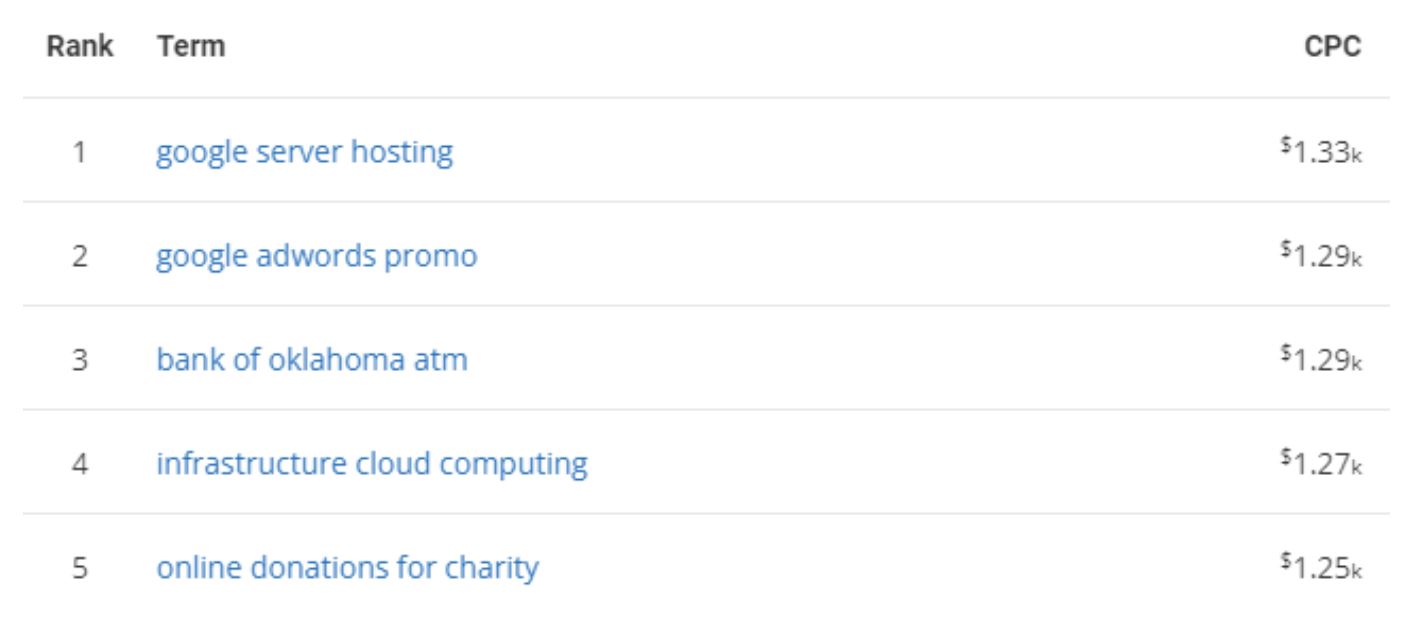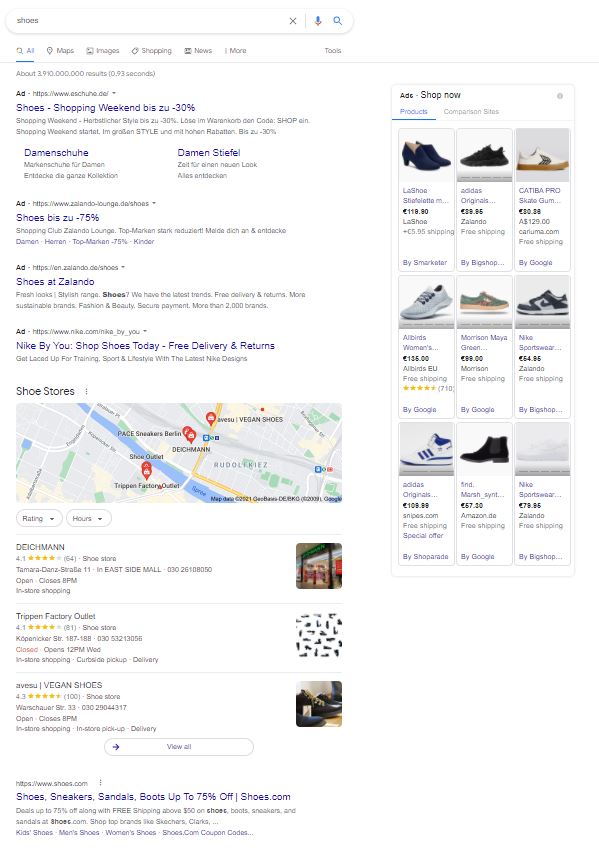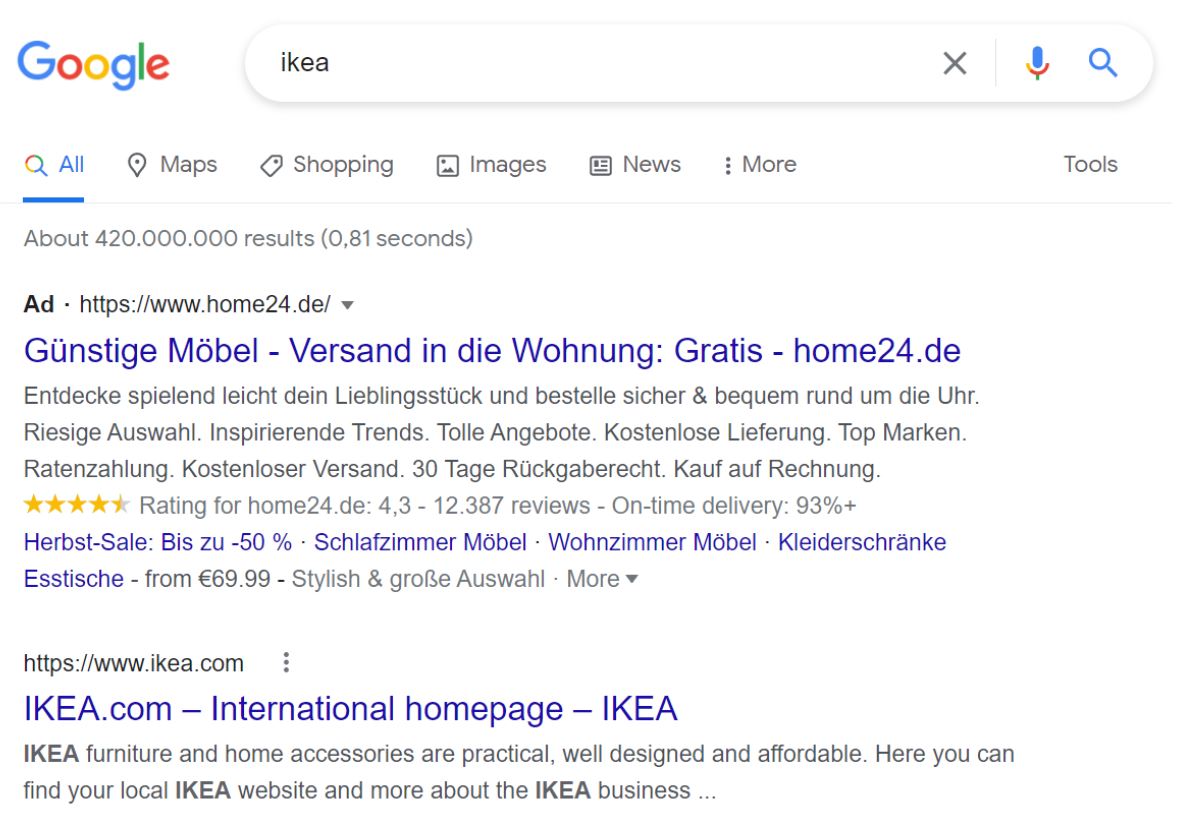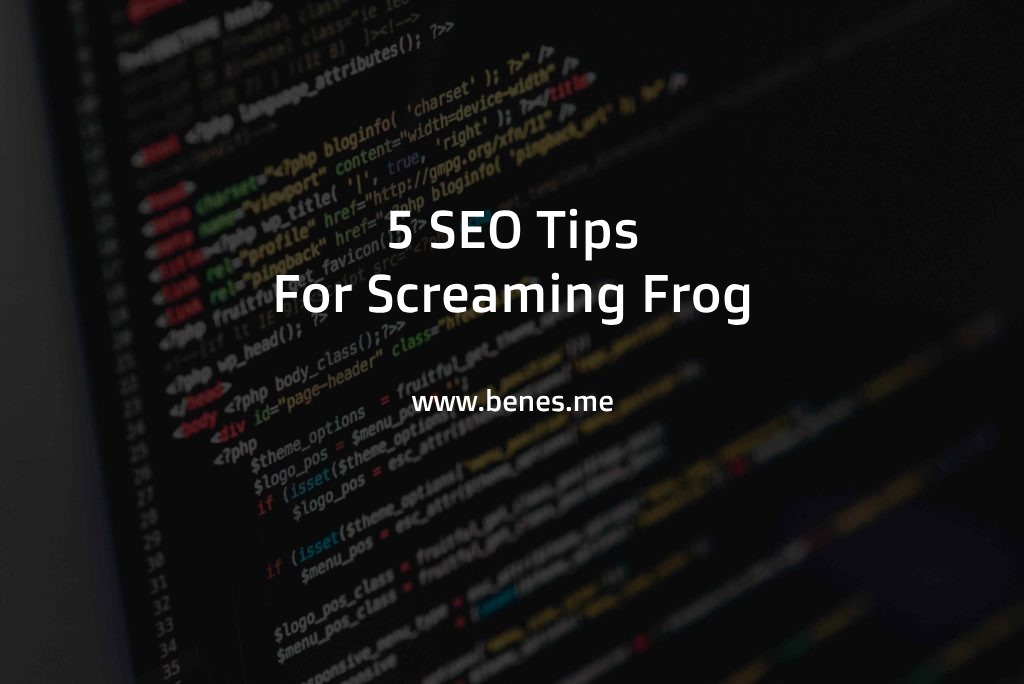Search engine optimization (SEO) and pay-per-click advertising (PPC) are two integral parts of complex marketing in the search engines. Even though each of these two fields has different goals and strategies, the SERPs can be conquered only through cooperation of these two channels. On the other hand, SEO and PPC can also heavily compete with each other and, if set incorrectly, unnecessarily burden the marketing budget. Some of the main differences, recommended strategies, and which unique data can be gained from the cooperation between SEO and PPC are included in this article.
The main differences between SEO and PPC
Budget volume
By far the biggest difference is in the overall marketing spend on each of the channels. For SEO, the largest share of costs usually goes to the workforce, content creating, or linkbuilding campaigns, whereas in the case of PPC, the vast majority of the budget is reserved for launching and sustaining the campaigns compared to the actual management.

Timing the impact
The swiftness of seeing the results and planning the traffic is another of the significant differences. It might take up to several months to see the first impact from all the SEO activities and start ranking on top of the search engine results. The paid campaigns on the other hand can bring the results almost immediately following the campaign launch and therefore is often a great tool for testing before implementing the content strategy for the long term approach.
Sustainability
Directly related to the budget volume is the campaign sustainability. Whereas possibilities in SEO are virtually endless, the PPC ad will only run as long as there are sufficient funds on the AdWords account. The paid campaigns can be started and stopped within seconds and therefore more suitable for the short term but quick gains. On the other hand, once the SEO activities are fully running, sustaining the campaigns long term is relatively feasible with the consistent budget.
A/B testing possibilities
Testing two or more versions of titles, URLs, images, or articles is a challenging part of SEO because it is not always possible to accurately declare the winner. The main obstacles are above all the long time range needed for seeing the results, seasonalities and the inability to assign the impact to a specific change in time (e.i. due to the neverending algorithm updates). On top of that, Google is trying to only display one page per domain in SERP which makes creating two versions of one page meaningless. In the case of PPC, however, most of these obstacles are eliminated and it is possible to test a large range of elements over a condensed period of time with relatively high reliability of impact attribution.
ROI determination
The ability to calculate ROI and evaluate if the marketing channel is actually profitable differs greatly between SEO and PPC. While PPC has no troubles in calculating the aggregated costs per clicks vs. gained traffic (possibility multiplied by the purchase conversion rate to get the actual profit), there is no such option in SEO. As mentioned above, it takes several months before the optimizations bring any impact and the result is affected by many external influences, which cannot be fully eliminated or separated.
SERP real estate
A common difference is also the placement of organic and paid search results in the SERP. As we can see in the following image, the first organic result is displayed far behind the first paid ad, around the level of 8-10 positions if no paid results were present. Not only is it the paid campaign that appears above the organic results, but it is also the local pack, images or “people also search” section:

SEO – Pros and cons
In most cases, initiating the first SEO activities after the site launch is too late. It is important to set up the correct site architecture and create content for the right keywords before the first bot can access the site. SEO is therefore a good idea for sites that:
- Aim for the long-term approach
- Want to be found via search engines
- Don’t like leaving potential customers from the search to competitors
On the other hand, SEO is not a good idea for sites that:
- Offer products with low or zero search volume
- Specialize in one-time events or constantly change their sortiment
- Need fast results and want complete control over their ROI
PPC – Pros and cons
PPC is usually the go-to channel especially in the above mentioned instances where SEO is not the best option. For example PPC is a great help with gaining immediate traffic or eliminating competitors parasitizing on a well-known brand. A common tactic in PPC is to bid on competitor brands to steal some of the branded traffic. Even though the company ranks first organically, the paid results are still displayed on the top.

PPC advertising is also suitable for smaller and new sites that do not yet have a strong presence in search engines and are still waiting for the first rankings. At the same time, PPC is naturally not the best option for low-budget projects or sites that are not offering any searched products or services.
Unique data gained from SEO and PPC collaboration
Click through rate on a keyword level – Due to the immediate results from the PPC campaign, it is possible to quickly test and find out which metadata wording has a higher click potential, and which can then be subsequently used in the SEO strategy.
Conversion rate on a keyword level – With the accurate tracking or impressions and clicks from the paid campaigns, it is possible to find out which keywords are the ones being monetized the most. These might be slightly different from the ones bringing most clicks so it is also an interesting insight for comparing these two metrics.

